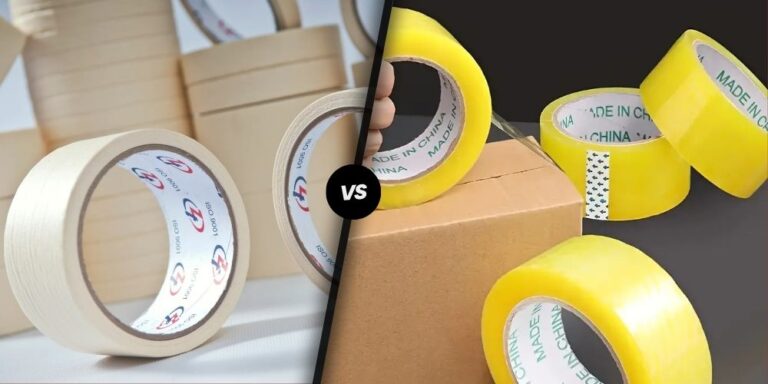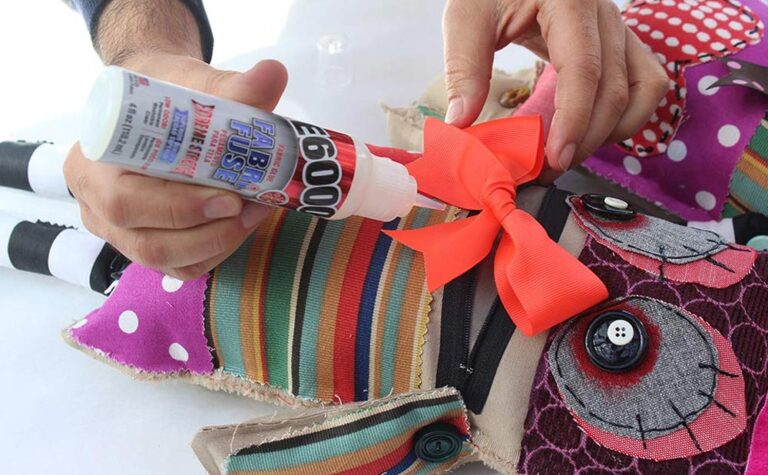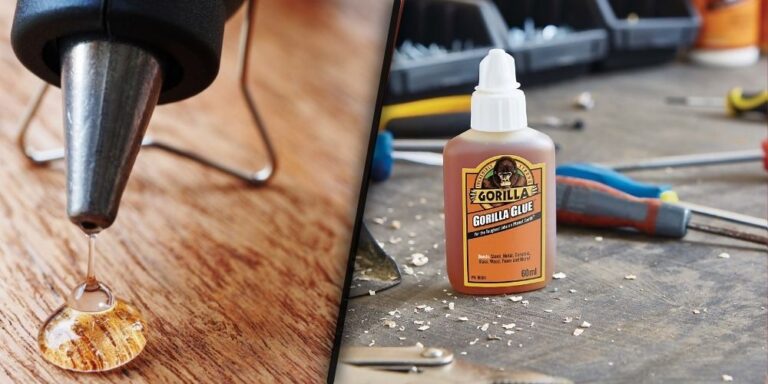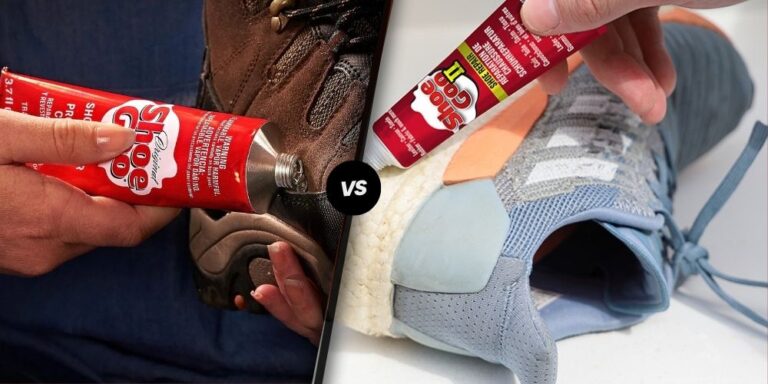GE Silicone 1 vs 2: Complete Comparison
When it comes to choosing the right silicone sealant, GE Silicone 1 and GE Silicone 2 are two well-known options in the market. Both are marketed as 100% silicone and are widely used for various sealing and bonding tasks.
However, their properties, curing methods, and compatibility with materials differ significantly. Understanding these differences will help you select the right product for your specific project. This article explores all aspects of GE Silicone 1 and GE Silicone 2, comparing their curing mechanisms, adhesion, odor, mold resistance, applications, and more.
1. Curing Mechanisms
One of the key differences between GE Silicone 1 and GE Silicone 2 is their curing mechanisms.
- GE Silicone 1: This is an acetoxy-cure silicone, which means it releases acetic acid (vinegar-like odor) during the curing process. This curing mechanism results in fast drying but may not adhere well to certain surfaces, particularly metals sensitive to acids.
- GE Silicone 2: This product is a neutral-cure silicone. It releases alcohol or other non-acidic by-products during curing, leading to better compatibility with a wider variety of materials like plastics and metals. This neutral curing process reduces the risk of corrosion on sensitive surfaces.
Neutral-cure silicones, like GE Silicone 2, are often preferred for their versatility and reduced chemical impact on sensitive substrates.
2. Adhesion and Compatibility
Adhesion is a crucial factor when working with different materials. Here’s how both silicones perform with common substrates:
| Material | GE Silicone 1 (Acetoxy) | GE Silicone 2 (Neutral Cure) |
|---|---|---|
| Metals (Steel, Copper) | Moderate adhesion, risk of corrosion due to acetic acid | Excellent adhesion, no corrosion risk |
| Glass | Strong adhesion | Strong adhesion |
| Plastics | May struggle with certain plastics | Better adhesion due to neutral curing |
| Concrete | Limited adhesion | Strong adhesion |
GE Silicone 2 shows superior performance on metal and plastic surfaces, thanks to its non-corrosive neutral-cure formula.
3. Odor and Workplace Comfort
The odor emitted during application and curing can be a concern, especially in enclosed areas.
- GE Silicone 1: Emits a strong vinegar-like odor due to the acetic acid release. This can be overwhelming in poorly ventilated spaces.
- GE Silicone 2: Has a milder odor because it releases alcohol-based by-products during curing. This makes it more suitable for indoor applications.
If you’re sensitive to strong odors, GE Silicone 2 is a better choice for maintaining a comfortable working environment.
4. Cure Time and Tooling
Both products have comparable cure times, but environmental conditions can influence curing speed.
| Feature | GE Silicone 1 | GE Silicone 2 |
|---|---|---|
| Tack-Free Time | ~30 minutes | ~30 minutes |
| Full Cure Time | 24 hours (depending on thickness) | 24 hours (depending on thickness) |
| Tooling Time | 5-10 minutes | 5-10 minutes |
Both silicones cure at similar rates under normal conditions, but GE Silicone 2’s neutral curing is less affected by humidity or surface chemistry.
5. Mold and Mildew Resistance
In high-moisture environments like kitchens and bathrooms, mold and mildew resistance are important considerations.
- GE Silicone 1: Basic formulations provide limited protection against mold and mildew.
- GE Silicone 2: Advanced versions, such as the GE Advanced Silicone 2 Kitchen and Bath Sealant, offer enhanced protection against mold and mildew, making it ideal for moisture-prone areas.
Choosing a product with enhanced mold protection helps maintain hygiene and appearance in humid environments.
6. Longevity and Durability
Both GE Silicone 1 and GE Silicone 2 are designed for long-lasting performance, but their effectiveness varies with different environmental conditions.
- GE Silicone 1: Provides reliable performance for general-purpose applications. It may degrade faster in highly acidic or alkaline environments.
- GE Silicone 2: More durable due to its neutral curing process, making it resistant to harsh chemicals, UV exposure, and temperature fluctuations.
For outdoor or chemically demanding environments, GE Silicone 2 has a longer lifespan and better weather resistance.
7. Applications
Each silicone product excels in specific applications.
GE Silicone 1 Applications
- General-purpose sealing (e.g., windows, doors, trim)
- Non-corrosive surfaces like glass and ceramic
- Areas requiring quick curing and minimal flexibility
GE Silicone 2 Applications
- Multi-surface projects (e.g., plastic, metal, concrete)
- Kitchens, bathrooms, and high-moisture areas
- Projects requiring flexibility, strong adhesion, and durability
The versatility of GE Silicone 2 makes it a popular choice for both residential and industrial projects.
8. Aquarium Safety Considerations
When working with aquariums, the safety of aquatic life is paramount. Not all silicone sealants are suitable for aquarium use.
- GE Silicone 1: Some users have reported successful use in aquariums, but it’s not explicitly marketed as aquarium-safe. The acetic acid release may pose risks during the curing phase.
- GE Silicone 2: Generally not recommended for aquariums unless specified, as certain formulations contain mildew inhibitors that can harm fish and plants.
Always check for silicone products labeled as “aquarium-safe” to ensure no toxic chemicals are released into the water.
9. Cost Comparison
Pricing can vary based on location, product availability, and formulation (e.g., general-purpose vs. kitchen and bath sealants). Generally, GE Silicone 2 is slightly more expensive due to its enhanced properties and broader compatibility.
| Product | Price Range (per 10.1 oz tube) | Average Lifespan |
|---|---|---|
| GE Silicone 1 | $5 – $8 | 10+ years (depending on exposure) |
| GE Silicone 2 | $7 – $12 | 15+ years (enhanced UV and chemical resistance) |
Investing in GE Silicone 2 may provide better long-term value for projects with demanding environmental conditions.
10. Summary of Key Differences
| Feature | GE Silicone 1 | GE Silicone 2 |
|---|---|---|
| Curing Mechanism | Acetoxy (releases acetic acid) | Neutral (releases alcohol or neutral by-products) |
| Odor | Strong vinegar-like odor | Mild odor |
| Adhesion | Limited on some plastics and metals | Strong on various surfaces, including metals and plastics |
| Mold Resistance | Basic protection | Advanced protection available |
| Cost | Lower | Slightly higher |
Conclusion
Choosing between GE Silicone 1 and GE Silicone 2 depends on your project’s requirements. For general-purpose sealing, GE Silicone 1 offers affordability and quick curing. However, for projects that demand superior adhesion, flexibility, and compatibility with sensitive materials, GE Silicone 2 is the better choice. Its neutral curing process, reduced odor, and enhanced durability make it ideal for both residential and industrial applications. By understanding these differences, you can make an informed decision that ensures long-lasting and reliable results.






